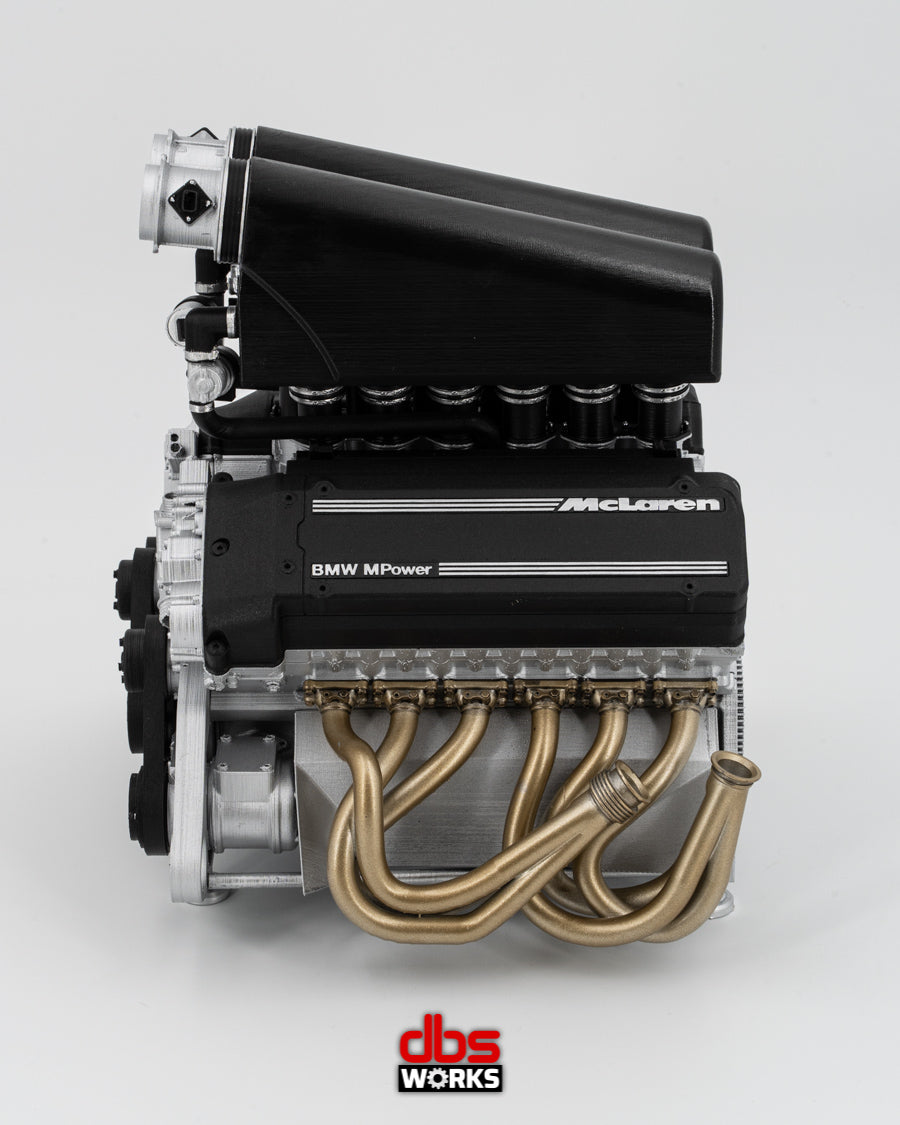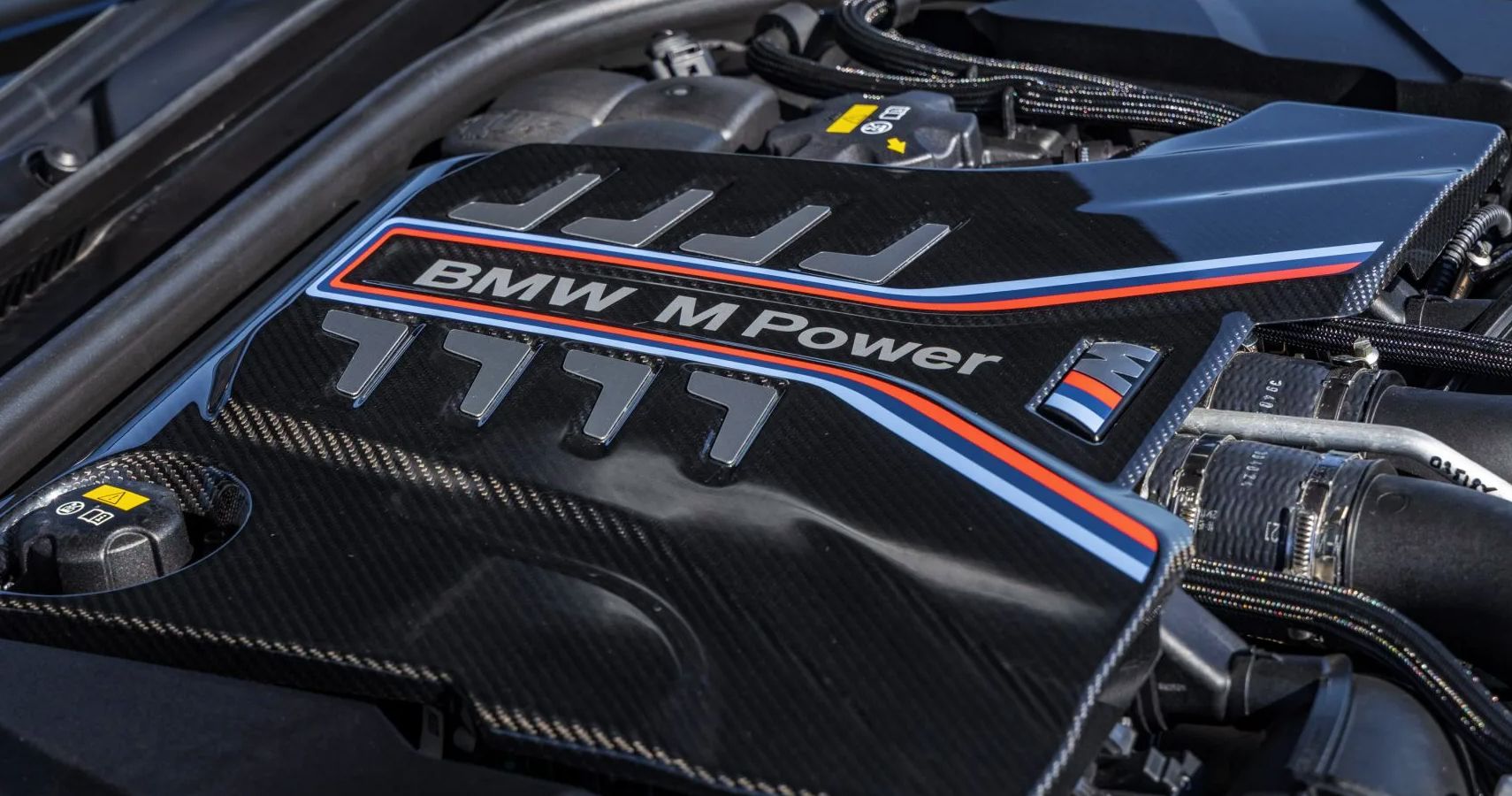Discovering the Advancement of Combustion Engines in Modern Transport Equipments
As we browse the landscape of modern transportation, the advancement of combustion engines stands as a testament to human resourcefulness and design expertise. The interaction of history, technology, and ecological problems in forming the trajectory of burning engines develops a narrative that is both compelling and insightful.
Early Beginnings of Combustion Engines
Just how did the principle of combustion engines initial arise in the onset of transport development? The roots of combustion engines can be traced back to the 17th century when the principles of interior burning were initial explored. In 1673, Christian Huygens conceptualized a fundamental internal combustion engine that utilized gunpowder to generate power. However, it had not been until the late 19th century that useful applications of burning engines in transportation started to emerge.
The innovation moment came with the innovation of the initial successful gasoline-powered engine by Karl Benz in 1885 - bmw engine. This engine led the means for the development of the modern car, changing transportation systems worldwide. Subsequent technologies by Nikolaus Otto and Gottlieb Daimler additionally fine-tuned combustion engine modern technology, leading to the automation of cars and the rapid expansion of the transportation market
These very early combustion engines were defined by their simplicity and effectiveness, laying the foundation for the facility and effective engines utilized in modern-day transport systems. The advancement of combustion engines has been critical fit the method we take a trip and move goods, noting a considerable turning point in the background of transportation growth.
Transition to Internal Combustion Innovation
The transition to interior combustion innovation marked a critical shift in the evolution of transport systems. This shift started in the late 19th century, with creators like Nikolaus Otto and Gottlieb Daimler developing the very first effective interior combustion engines. These engines changed transportation by providing an extra efficient and effective choice to heavy steam engines and electric motors.
One of the key benefits of interior burning engines was their capacity to be scaled down to suit cars, causing the growth of motorcycles and cars. This change from large, fixed engines to small, mobile ones led the way for the contemporary transport systems we see today.
The change to internal burning innovation likewise stimulated developments in fuel modern technology, causing the development of fuel and diesel as key gas resources for cars. This change not only made transportation more obtainable to the masses yet also laid the foundation for the oil and gas market to end up being important to global economies.
Influence of Combustion Engines on Transport
The adoption of combustion engines in transportation systems catalyzed a profound shift in the effectiveness and rate of worldwide wheelchair. Combustion engines reinvented transport by providing a reliable and flexible source of power for numerous automobiles, including autos, ships, airplanes, and vehicles. This innovation dramatically enhanced the capability for goods and people to conform long distances in much shorter timespan, resulting in raised connection in between areas and nations.
Moreover, the extensive use of combustion engines has actually had a considerable effect on financial growth. The capability to carry goods effectively has actually stimulated profession and business, permitting businesses to increase their markets and get to consumers worldwide. This has facilitated financial development and globalization, as products can currently be delivered much faster and in bigger quantities than ever.
However, the ecological impact of burning engines can not be forgotten. The burning of nonrenewable fuel sources has actually brought about air pollution and greenhouse gas emissions, adding to environment modification and posing health threats to populations. bmw engine. Therefore, there is an expanding emphasis on developing different propulsion innovations to reduce these negative results and produce a more lasting future for transportation
Developments in Burning Engine Layout
Various developments in burning engine style have actually driven the advancement of transport systems over the decades. One notable innovation is the development of turbocharged engines, which utilize exhaust gases to drive a wind turbine that compresses inbound air, enabling for even more gas to be charred, resulting in increased power output without a considerable increase in engine size. Furthermore, direct injection modern technology has improved gas effectiveness and performance look at this web-site by exactly regulating the quantity and timing of gas infused into the burning chamber. Variable shutoff timing systems have likewise reinvented engine design by maximizing airflow at various engine rates, improving both power and performance. One more considerable development is the combination of light-weight materials such as carbon fiber and aluminum alloys, reducing general engine weight and boosting vehicle fuel economy. Moreover, advancements in computer-aided design have made it possible for designers to optimize engine performance and performance via simulations before physical models are constructed, conserving time and resources in the development process. These innovations jointly add to the constant enhancement of combustion engines in contemporary transportation systems.
Future Patterns in Burning Engine Growth
With innovation advancements driving Visit Website constant innovation, the future of burning engine growth is poised to change transportation systems around the world. One of the essential fads in combustion engine advancement is the press towards higher performance and minimized emissions.
One more prominent pattern is the adoption of crossbreed technologies in burning engines. Crossbreed engines integrate typical combustion innovation with electric power, using boosted fuel effectiveness and reduced emissions. As the vehicle sector shifts in the direction of electrification, hybrid burning engines are seen as a transitional remedy that bridges the void between traditional lorries and fully electric ones.
In addition, the integration of wise modern technologies, such as expert system and information analytics, is anticipated to play a significant duty in the future of combustion engine advancement. These innovations can enhance engine efficiency in real-time, bring about more efficient combustion processes and enhanced total lorry performance. Accepting these future patterns will certainly not just drive advancement in burning engine growth yet also contribute to a more sustainable and ecologically pleasant transport ecological community.

Conclusion
Finally, the advancement of burning engines in modern-day transport systems has actually been noted by substantial innovations in technology and design. From the early starts of burning engines to the change to inner burning modern technology, these engines have actually had an extensive effect on transportation. Developments in combustion engine design remain to drive progress in this field, with future trends focusing on further improving efficiency and lowering exhausts. The future of burning engines in transportation looks promising as r & d initiatives proceed to push limits.
The origins of burning engines can be traced back to the 17th century when the concepts of inner burning were first explored. These engines revolutionized transport by supplying a much more powerful and reliable option to vapor engines and electrical motors.
